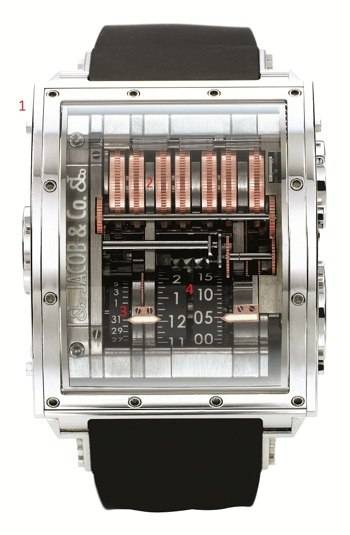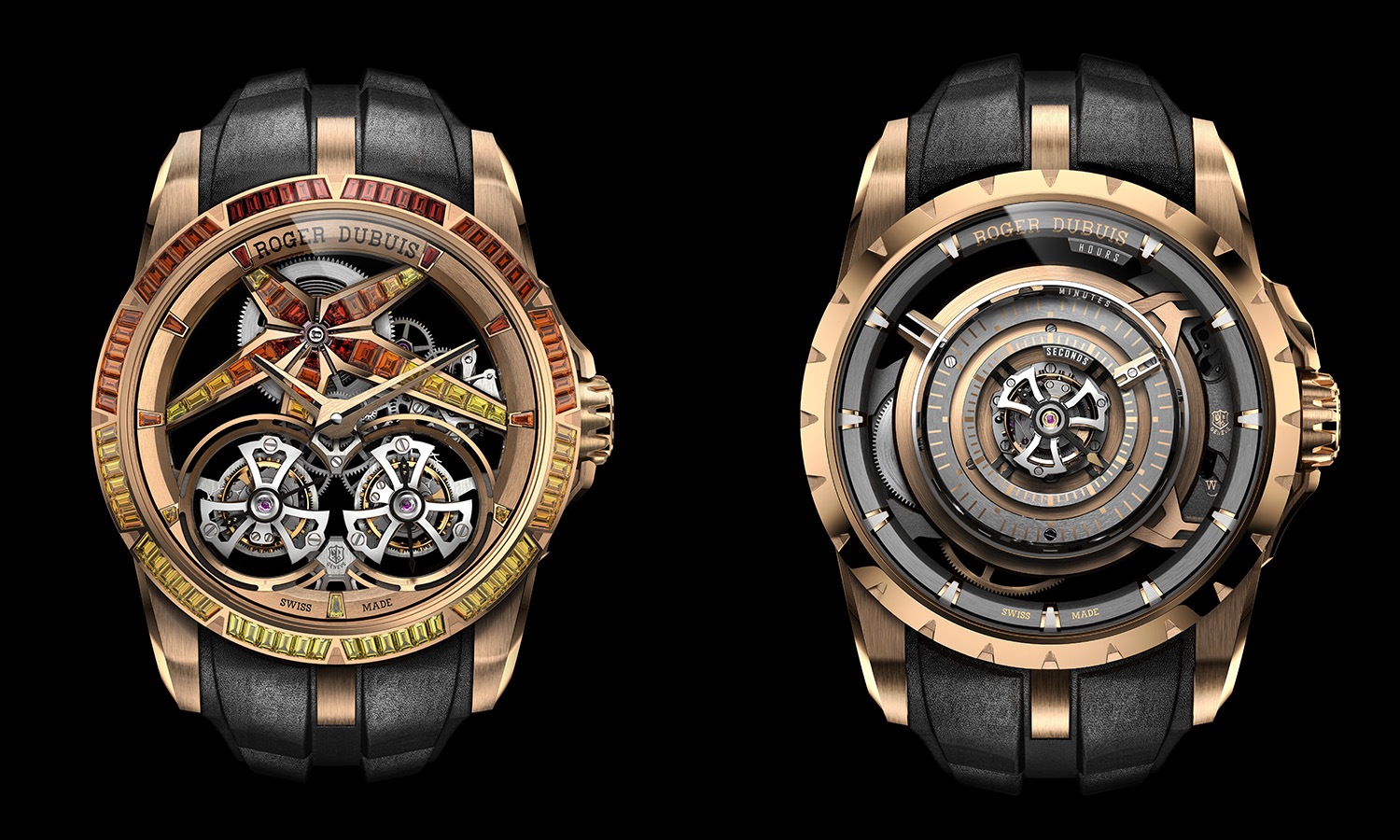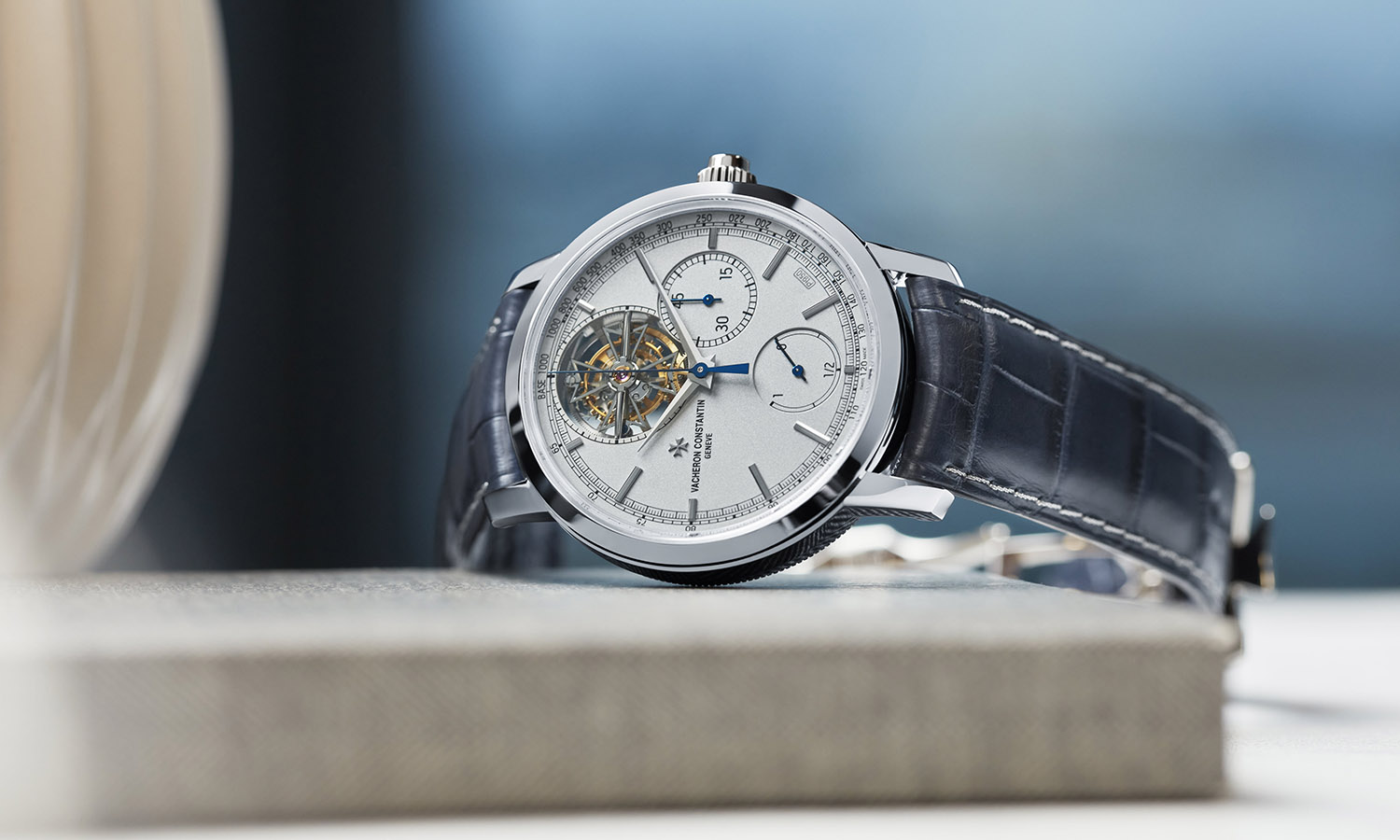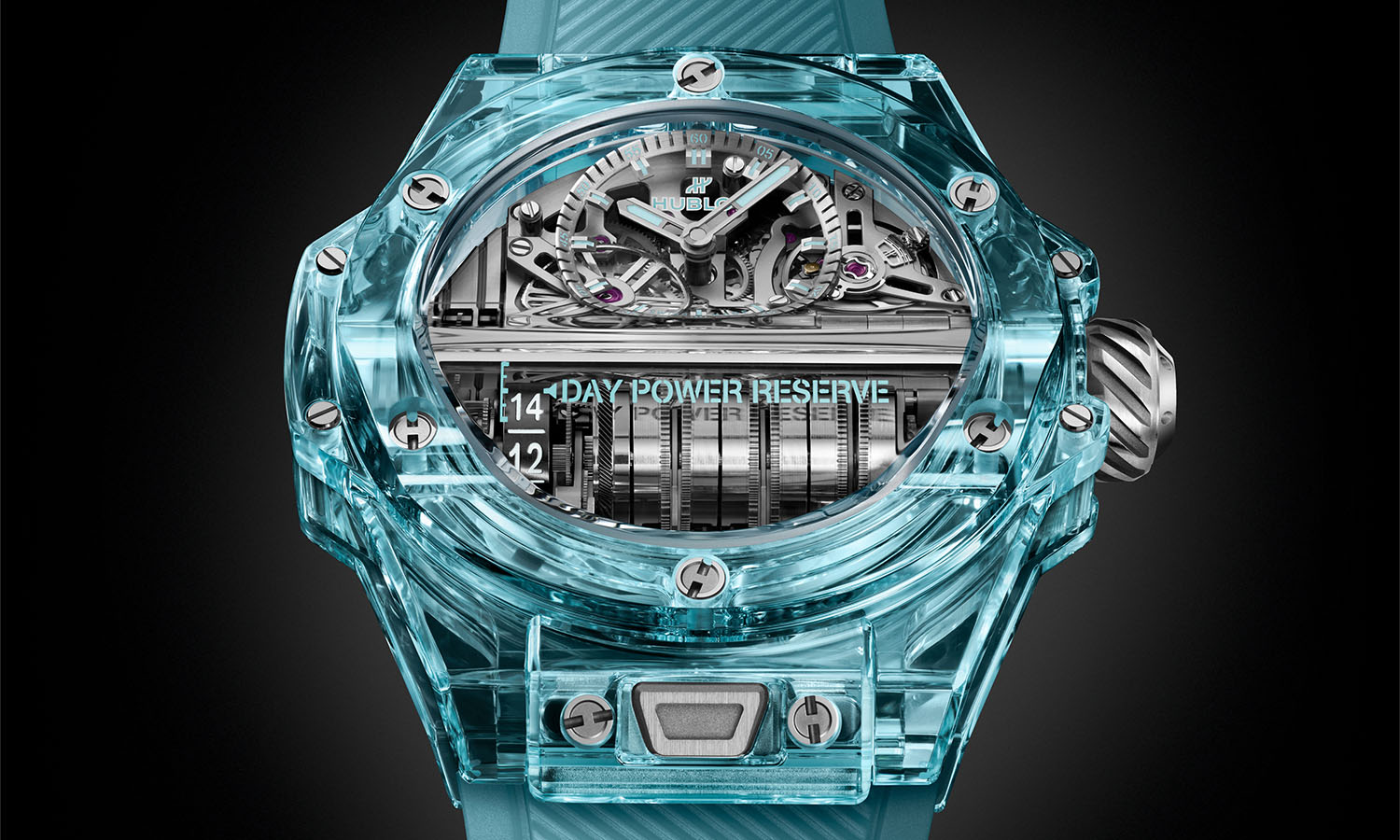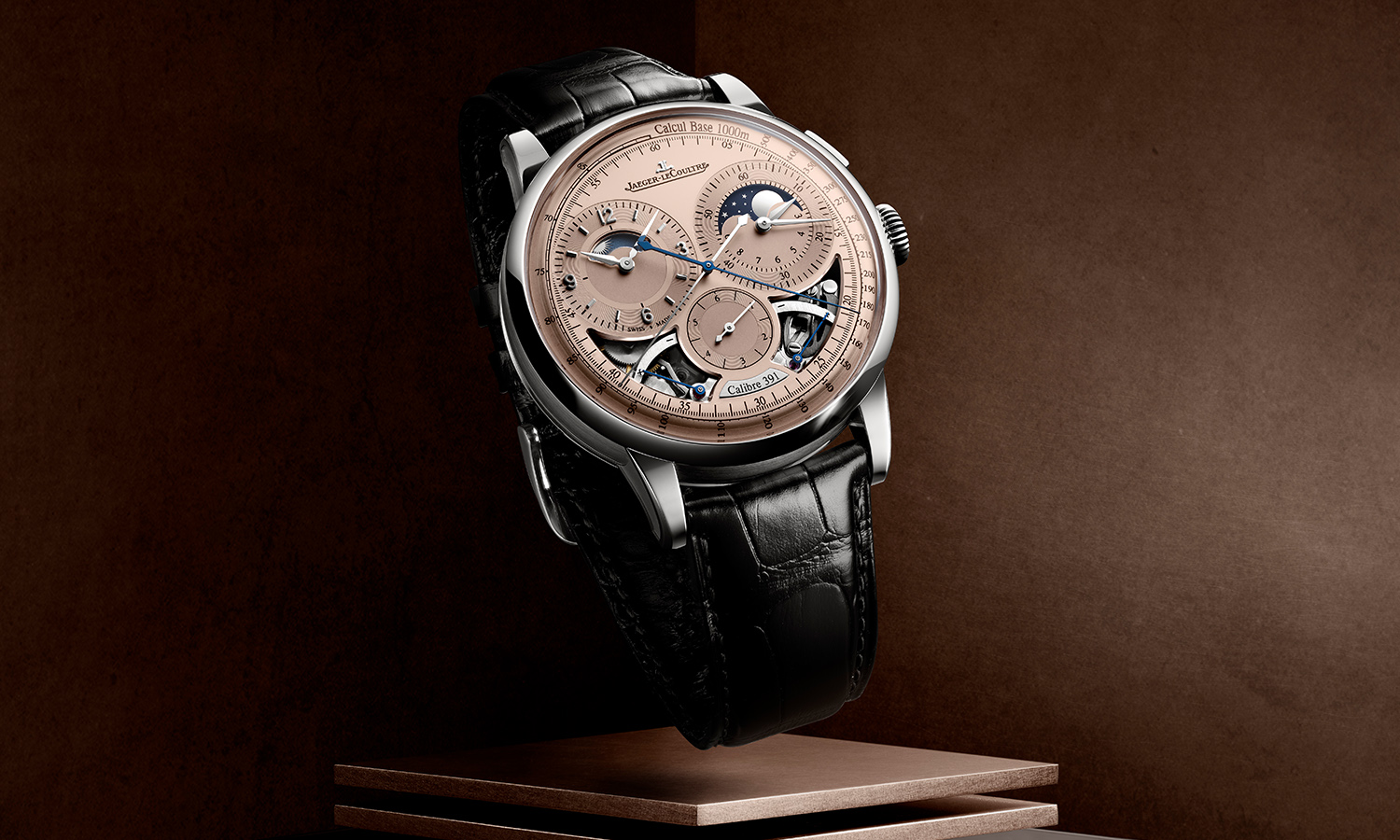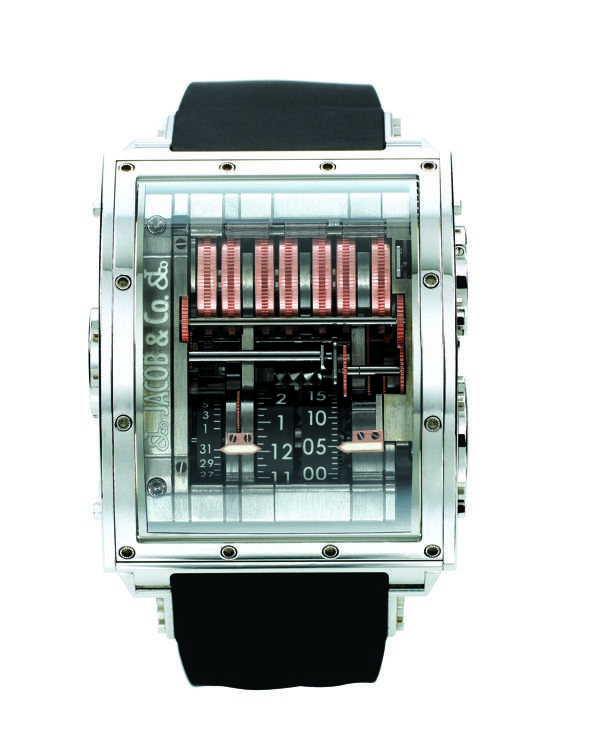
The Game Changer: Jacob & Co. Quenttin Watch
Jacob & Co. deserves a lot of respect (and thanks) from the watch industry. Founder Jacob “the Jeweler” Arabo is one of the modern luxury watch industry’s most courageous people. No doubt many of Jacob & Co.’s design are polarizing in terms of taste, yet the brand heralded in a new era of risk taking and visual assertion that shocked many of the luxury world’s conservative members.
The post Jacob & Co. era is rich with what can easily be described as “crazy” designs — compared to what you might have seen 20 years ago. Jacob & Co. not only pushed boundaries on bold designs, but also with luxury itself. While the brand is most well known for colorful jewelry watch creations, the less well-known side of the brand has fascinating mechanical complications designed to prove Jacob & Co.’s legitimacy on a variety of fronts. This high-end mechanical watch family from Jacob & Co. is typified by the simply named Quenttin.
While the watch industry understood the technical purpose of the Quenttin when it arrived in 2006, the actual effect of the watch was not understood until years later. Jacob wanted a watch that would be at the peak of technological sophistication, but also one that would capture the attention and imagination of all people who saw it.
Collaborating with then existing exotic watch movement maker BNB Concept, the movement of the Quenttin was a particular challenge to devise. It was to have the world’s longest power reserve in a wrist watch. Jacob wanted the movement to have a power reserve of a full month, it needed to have a tourbillion, as well as other complex components. It was also necessary for it to be visually engaging with mechanical elements totally visible to the. Jacob & Co. even managed to throw in an indicator for the date.
The result was a machine that looked more at home in a car than in a watch. The concept of the movement was so interesting, and many others have since borrowed design elements from the design. At the time of its release, the Quenttin was engaged in a “race to market” with Cabestan (who had a similar piece) that Jacob & Co. beat. Most of the Quenttin’s movement is vertically aligned, including the drums that slowly move to tell the time, the side-mounted tourbillion (visible through a side window), as well as the seven mainspring barrels that are responsible for the full 31 days of movement power reserve.
Jacob & Co. didn’t so much want to design a case for the watch, as must as they did a “house” for the movement. The large rectangular watch case holds the movement adequately and is offered in an assortment of color metals such as 18-karat white or rose gold. Over the exposed movement is a large sapphire crystal.
There is another interesting case for the Quenttin, and that is the box the watch comes in. It also doubles as a winder. Using a hand-movement activated trigger, swiping your plam across part of the case will open it. You can then place the Quenttin watch into a special cradle that serves another purpose — to wind it. The seven mainspring barrels require about 200 turns to be fully wound. As such, the Quenttin box features an automatic winding system to mechanically wind the watch when the winding system is activated. Though there is a fold out key which allows you to wind the watch by hand.
In 18-karat white or rose gold or magnesium, the Quenttin case is massive being 47-mm wide, 56-mm tall, and 21.5-mm thick. Only 135 Jacob & Co. Quenttin watches were ever destined to be made. A few might still be out there. Priced at $350,000 to $440,000.www.jacobandco.com.
1. 47-mm wide gold case.
2. Seven mainspring barrels for 31 days or power reserve
3. Date indicator drum
4. Hour and minute indicator drums
Ariel Adams is the Haute Living Watch Editor and also publishes the luxury watch review site aBlogtoRead.com.
 SIGN UP
SIGN UP

